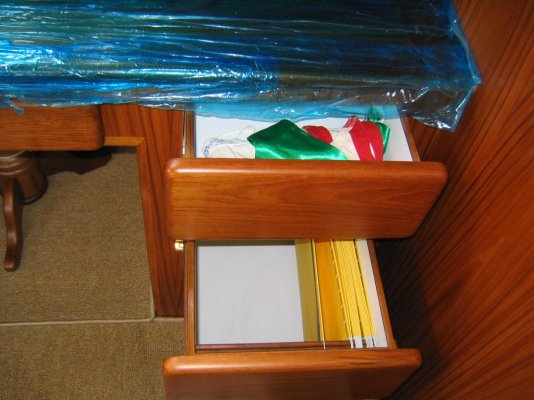JD
Guru
*Oh there may be boating but it will be alone.* The truth be know that isn't*all bad sometime for the both of us.Old Stone wrote:JD wrote:
*
Old Stone wrote:*LET'S NOT EVEN GO THERE !!!!! Thanks very much, but most of us are already in enough trouble! If we get caught laughing at that comment, there may not BE any boating this weekend !
-- Edited by Old Stone on Wednesday 4th of May 2011 02:11:20 PM
*
Hey - Some secrets are not to be given away in public!
*Sorry.


